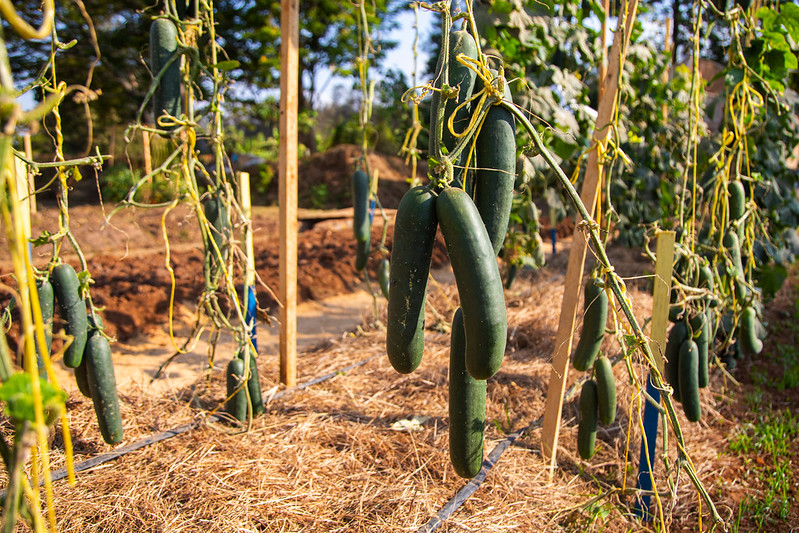 By far, Agriculture is the major economic activity for the people of Rwanda, employing about 70% of the total population.
By far, Agriculture is the major economic activity for the people of Rwanda, employing about 70% of the total population.
The industry contributes about 31% to the Gross Domestic Product (GDP), and it stands out as one of the most strategic sectors in Rwanda’s development.
The Government of Rwanda has invested considerably in infrastructure, responsive institutions, inclusive markets, innovation and extension thus creating an enabling environment for the sector to thrive.
But given the fact that most of the agricultural production comes from small-scale farmers, all these efforts do not necessarily make this agriculture a bed of roses.
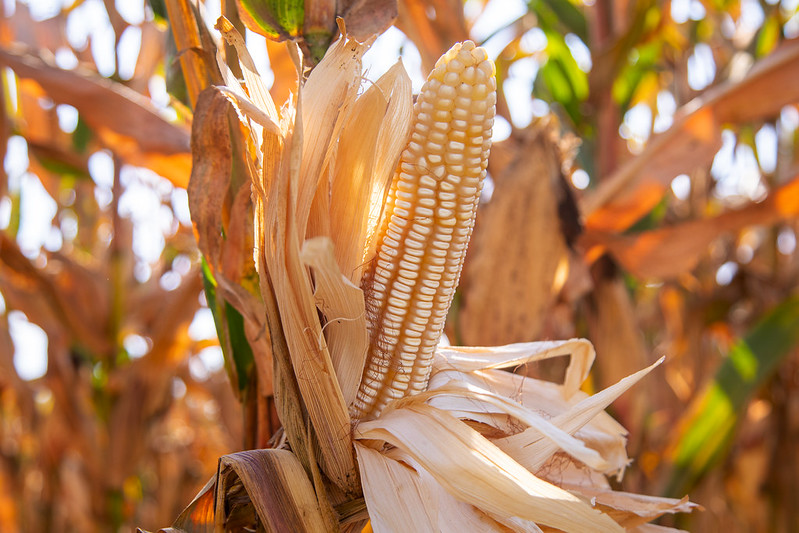 David Kabano is a driver at Gahini Hospital but also a practicing farmer. This agricultural season, he planted maize and beans on 2 hectares of land in his home area. He shares some of his predicaments.
David Kabano is a driver at Gahini Hospital but also a practicing farmer. This agricultural season, he planted maize and beans on 2 hectares of land in his home area. He shares some of his predicaments.
“The business of farming is based on trial and error method. It is like an experiment because you never know whether you will get return on investment,” he says.
He blames the uncertainty on different factors including climate change, substandard seeds or seedlings, insufficient or ineffective fertilizers or even sometimes the unreliable quality of soil.
Kabano narrates that when he picked interest in agriculture four years ago, his preference was divided between coffee, Irish potatoes, maize and beans. He also wished to venture into animal husbandry.
“When Covid-19 struck in late 2019, jobs became scarce and I realized something else had to be done in order to survive. That’s how I ended up in the garden,” he recalls.
Even though he had coffee in mind as a long term investment, he first tried Irish potatoes and dedicated a small portion of his land to maize and beans as a trial phase in his new adventure.
At the same time, Kabano says that he couldn’t resist the urge to buy at least one cow hoping to eventually have a permanent source of daily milk for his young family.
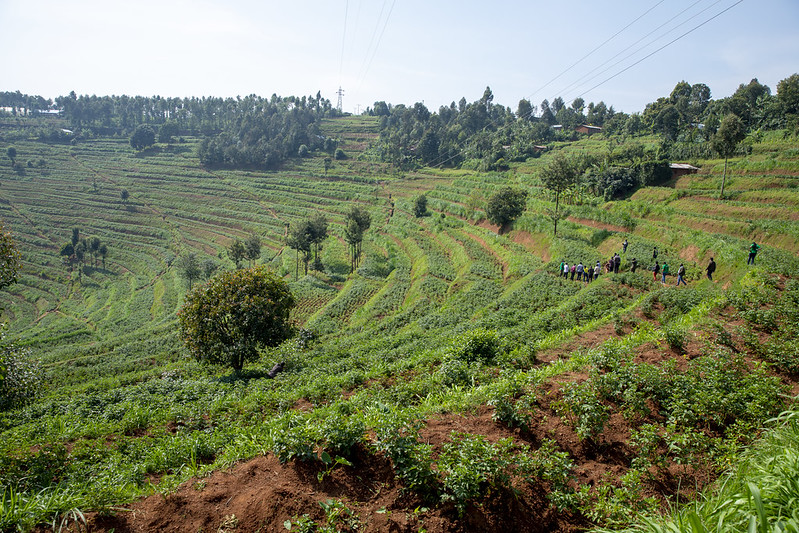 It is not until last year when he got bumper harvests of maize and beans that he decided fully scale out his passion mainly in the two crops.
It is not until last year when he got bumper harvests of maize and beans that he decided fully scale out his passion mainly in the two crops.
And just like Kabano, many Rwandans are at crossroads with themselves, wondering the best approach given the diversity and unpredictability of this usual, yet so important sector in the country’s economy.
Agriculture accounts for a more significant part of the foreign exchange earnings from the exports of products, including; coffee, tea, hides and skins, pyrethrum, and horticulture.
At the onset, domestically consumed principal crops are beans, cassava, banana, Irish potatoes, rice, maize, soya bean, to mention but a few.
According to the Rwanda Agriculture and Animal Resources Development Board (RAB), 61% of Rwandan soil is suitable for agriculture, yet a Rwandan national has access to only half a hectare of arable land on average.
Doctor Solange Uwituze, the Deputy Director, Animal Resources Development at RAB says that a holistic approach is necessary in order to explore and realize fully sustainable agricultural sector.
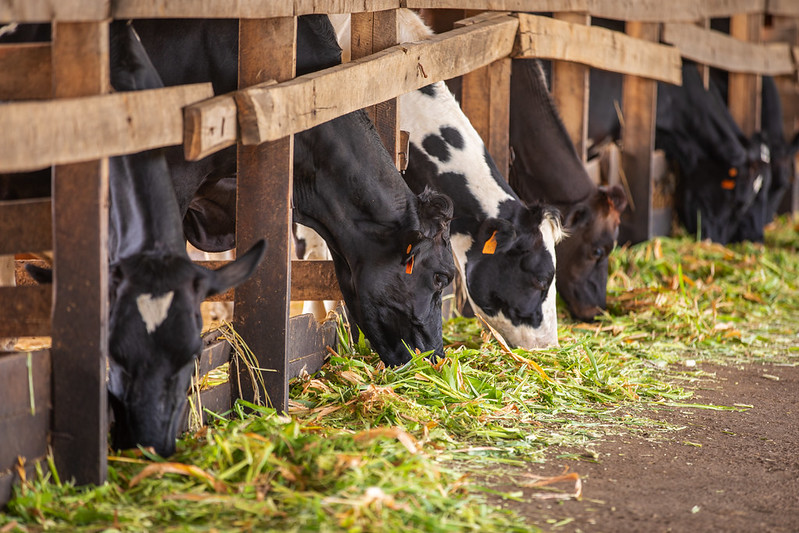 “It is very important to strike the right balance between animal and crop husbandry in order to establish a self-sustainable agricultural industry. One that will live to serve the future generations,” she said in an interview yesterday.
“It is very important to strike the right balance between animal and crop husbandry in order to establish a self-sustainable agricultural industry. One that will live to serve the future generations,” she said in an interview yesterday.
As a way to achieve this, most farmers are encouraged to practice mixed farming and the Government is tangibly committed to boosting the coexistence of the two.
Uwituze revealed that for the last six years, a sensitization campaign in situ under the Rwanda Dairy Development Project has been underway and now is time to reap from it.
“Dairy farmers are expected to also adopt crop husbandry on a larger scale because the two complement each other,” she noted.
Available statistics indicate that over 7000 farmers have been sensitized as a pilot group most especially in the districts of Nyagatare, Kayonza, Gatsibo and Kirehe where diary farming is more thriving.
Recently, Government announced a decision to temporarily allocate vacant plots of arable land across the country to residents for agricultural cultivation.
This was in response to problems due to soil erosion and the underutilization of terraced land, which has been adversely impacting crop yields overtime. Thus combating food insecurity.
But more to this, it’s part of the government’s strategy to address land under dispute, including land that remains uncultivated.
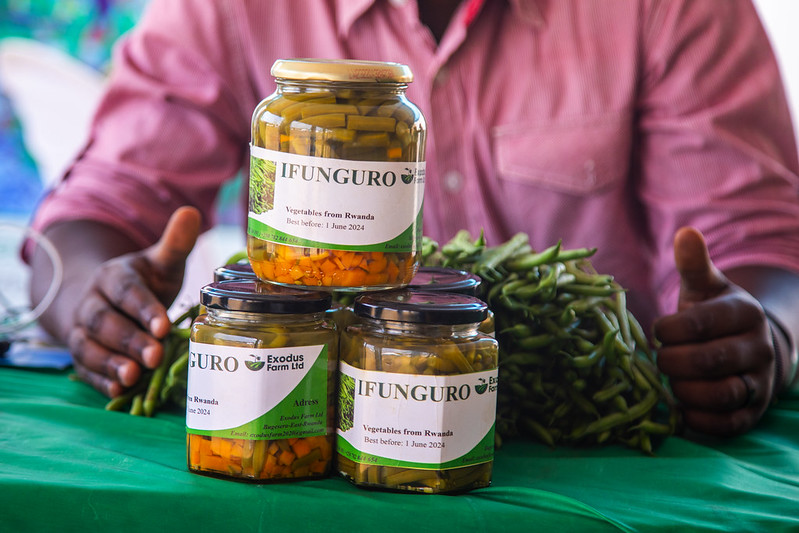 This initiative comes at a critical time as the country grapples with escalating food costs and strives to meet the dietary requirements of more than 13.2 million inhabitants.
This initiative comes at a critical time as the country grapples with escalating food costs and strives to meet the dietary requirements of more than 13.2 million inhabitants.
A 2021 Comprehensive Food Security and Vulnerability Analysis (CFSVA) published by the world Food Programme indicates that 20 percent of the Rwandan population is food insure. 2% of these are severely food insecure.
However, Jerome Musafiri, an Agronomist and criminal lawyer based in Karongi District, Western Province, says with all these interventions constitute a good move in the right direction.
“Remember, investing in agriculture requires patience, as it is often influenced by factors beyond one’s control. The most important thing is to keep a long-term perspective and be adaptable to changes in the industry,” he says.
All photos by Minagri

